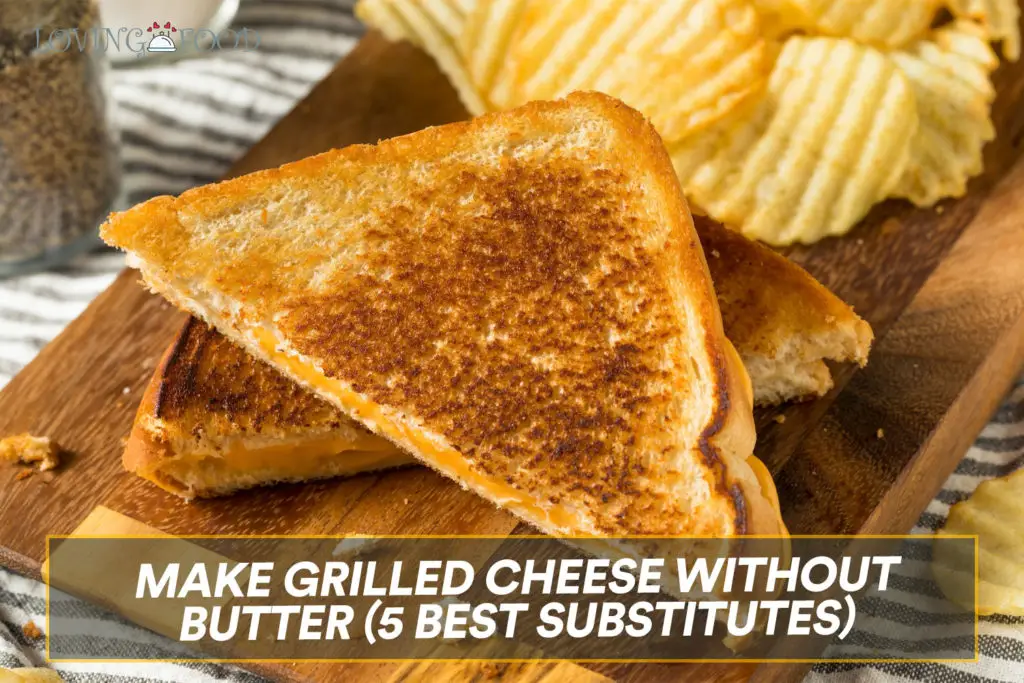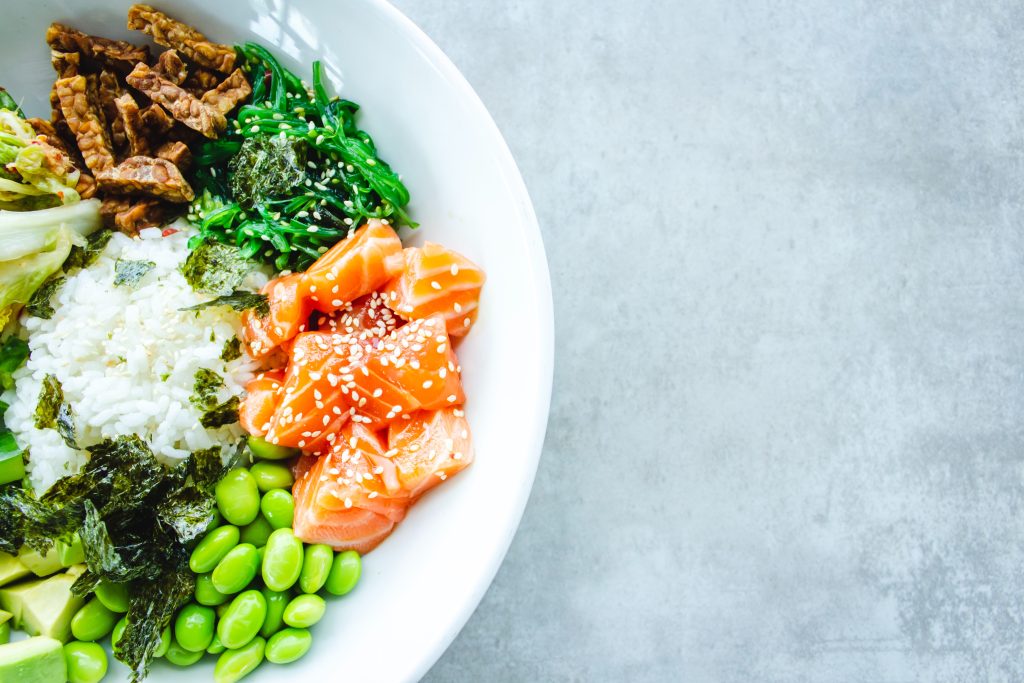When it comes to cooking, people are curious about why cream curdles because curdled cream is a common problem in the kitchen. Cream sauces are a great accompaniment to your food, and they taste and look so good, till they break or curdle.
Cream curdles when the protein denatures and separates from the water or sauce when cooking, and forms curds in the sauce. When this happens, it causes the sauce to break and lose its smooth texture. Although eating curdled cream sauce is safe, the lumpy appearance of the sauce makes it less appetizing.
The cream sauce is a very important and versatile dish that is perfect for chicken, fish and milk, noodles, biscuits, stir-fry, baked desserts, and other favorite dishes, from potato salad, casseroles, and many more. One major essence of the cream sauce is that it enhances the texture of the dish, and adds a nice flavor to the dish. It is the main ingredient in many Eastern-European dishes.
It makes a great dip for dishes varying from vegetables to fries and even other dishes.
The cream is a dairy product that contains protein, minerals, vitamins, and carbohydrates. It is good for the growth of the body, helps to boost energy, prevents kidney stones, and is very good for the maintenance of eye health.
There are different types of cream which are distinguished by their uses, butterfat content, and the method of processing. Types of the cream include heavy cream, thickened cream, sour cream, light cream, double cream, clotted cream, and beyond.
Unlike most of these creams, cooking cream has been designed to accommodate the heat and also cook without curdling, and can resist breaking in the sauce. Not all of these creams can be suitable for cooking, but the heavy cream works wonders in the sauces and does not curdle or break easily.
How to Fix Curdled Cream

People who cook with cream regularly will speak to the fact that the cream will break at some point, and they will be disappointed and bewildered as to how to mend it without ruining the meal. You are probably also concerned that your cream sauce has been spoiled because the cream has curdled and gotten lumpy. Don’t be concerned!
To fix a curdled cream, just place the sauce or cream back on the heat, add some more cream and whip till it becomes smooth and creamy once more. This process is called tempering the sauce.
Asides from this, another method is to simply add a small quantity of thinning flour to the sauce. Make sure you do not add too much flour, so as not to ruin the great taste of the sauce, and cook the sauce well, to get rid of the taste of the flour from the sauce.
Tips to Prevent The Cream From Curdling
- Do not boil your cream in a haste: when cooking the cream, patience is needed. Be sure to heat your cream-based soups slowly, over low heat.
- Stabilize with starch: you can make use of either flour or corn starch. Add a little amount of the starch to your sauce and whip it together.
- Season in the end: rather than putting the seasonings or the ingredients for garnishing your sauce from the start, start by adding the cream to the pan and then the extras.
- Avoid pouring the cream over strong acids: this is very essential in case there is inconsistency in the smoothness of your sauce, you can add lime or lemon to the cream, but do not pour the cream over foods that contain strong acids.
Quick Hacks For Making A Simple Cream Sauce
- Put your whole butter into the pan and allow it to melt.
- Put your fresh minced Shallots and garlic with it and sauté for sometime
- Deglaze your sautéed shallots and garlic with any kind of liquid like wine, vinegar, or water.
- Add heavy whipping cream, and add a little bit of salt and pepper.
- Use the whip to stir the heavy cream and let it boil and thicken.
- Put any color or garnishing you would love.
- Be patient with your cream as it boils and thickens.
- Put a small amount of whole butter at the end and whip again.
Why Does My Cream Keep Curdling?
The cream keeps curdling because the protein in the sauce denatures and then comes together, splitting from the water and then compressing into curds. Also, it may be that the method in which you add the cream into the sauce is another reason it keeps curdling.
Learn to add the cream the right way, and you can be sure of a silky and smooth consistency. Lastly, if the cream used is low in fat, it has higher chances of curdling than when a cream which is high in fat is used.
Frequently Asked Questions
How do you keep cream from curdling when cooking?
The first thing you need to do is to be patient with your cream and sauce. Do not be in a haste to boil on high heat and also add the seasonings and ingredients all at once. You should also consider using heavy cream, rather than skimmed cream or cream with low fat. One last thing you should consider keeping your cream from curdling is to prevent adding string acid to the sauce.
How do you keep cream from curdling when cooking?
The first thing you need to do is to be patient with your cream and sauce. Do not be in a haste to boil on high heat and also add the seasonings and ingredients all at once. You should also consider using heavy cream, rather than skimmed cream or cream with low fat. One last thing you should consider keeping your cream from curdling is to prevent adding string acid to the sauce.
How can you add cream, so it does not curdle?
To add cream to your sauce and have a smooth consistency, add the cream slowly, and whip as you add it. Also, do not pour the cream when the heat is on the high side.
How do you fix curdled cream sauce?
To fix a broken cream sauce, place the cream sauce back on the heat, add more heavy cream, and whip. Another way to fix curdled cream is to add starch like flour or cornstarch.
In Conclusion
Creams curdle when not handled properly and when the heat is too much. To avoid curdling of cream when cooking, avoid putting strong acids in the sauce.
Also, we recommend that you consider using heavy cream for your sauces, rather than skimmed milk because the heavy cream is higher in fat and is suitable for your sauces.
In case your cream is curdled in the sauce, do not panic. This can be rectified by simply placing the cream sauce back on the heat, adding some more cream, and whipping properly.








